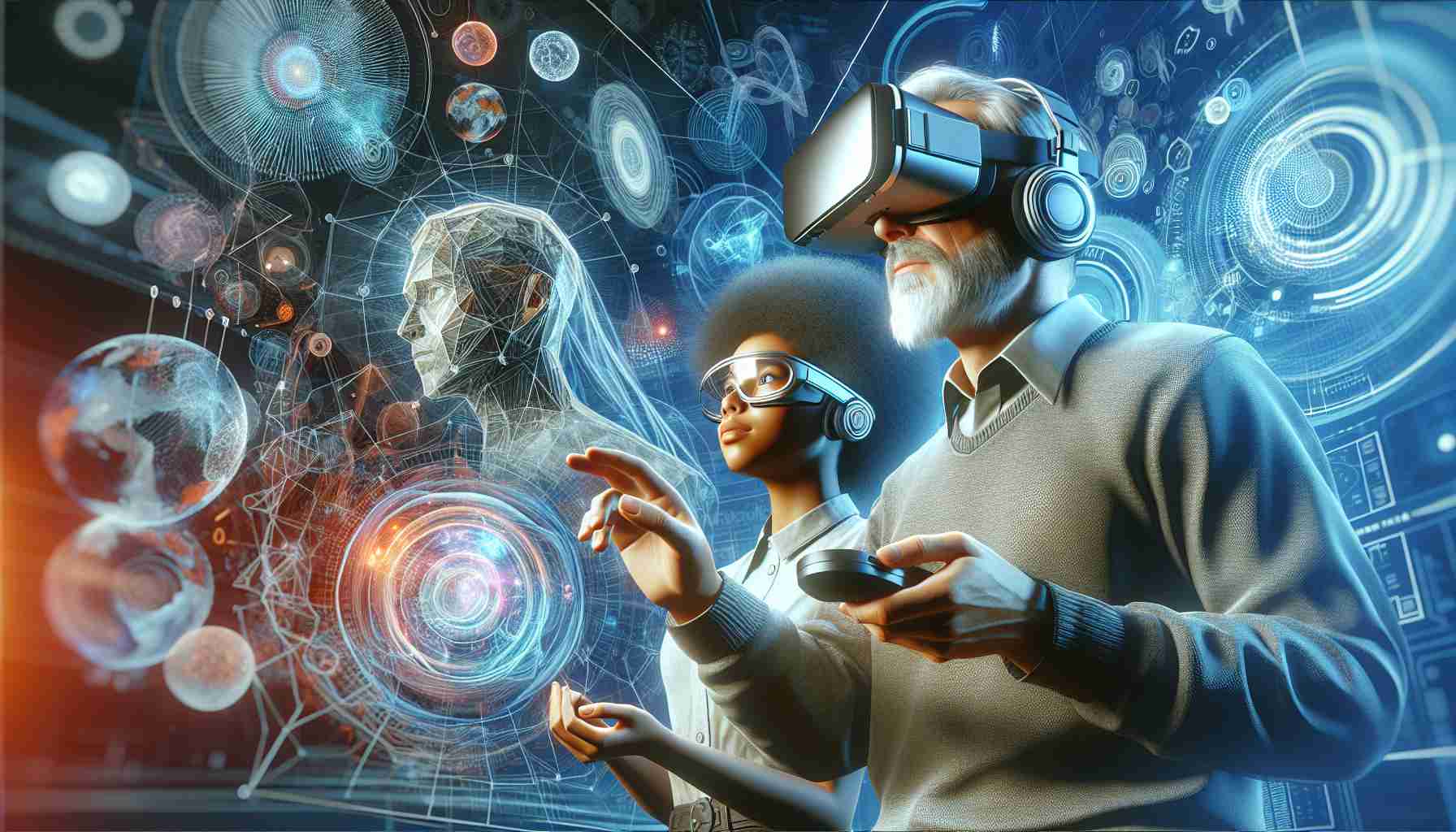Step into the realm of digital innovation with modern virtual reality (VR) headsets. These devices not only cater to gaming enthusiasts but also serve various purposes, including fitness routines, relaxation techniques, and even virtual tourism. The ability to engage with expansive, realistic environments from the comfort of home is a compelling draw for many users.
Given the expanding market, there’s an impressive variety of VR headsets available today. For instance, the Meta Quest 3 stands out as a balanced option, priced at about $500, while the cutting-edge Apple Vision Pro commands a premium of $3,500 for its advanced technology. The diversity in price and features allows buyers to find a headset that fits their specific needs and budget.
When evaluating these headsets, several crucial factors come into play. Comfort during extended use is paramount; headsets that are too heavy can create discomfort after short periods. Moreover, visual clarity and refresh rates significantly contribute to the immersive experience. A broader field of view enhances the sense of presence within the virtual world, while responsive controls ensure an engaging interaction.
The Quest 3 exemplifies advancements in VR technology. With improved screen quality and performance, it integrates mixed reality features that allow a more seamless interaction with both digital and real environments. On the other hand, the Vision Pro signifies a bold leap in VR, aiming to establish Apple’s dominance in a rapidly evolving industry, despite its high price and initial drawbacks.
Exploring the New Age of Virtual Reality Headsets: A Deeper Dive
As technology continues to evolve, virtual reality (VR) headsets are becoming increasingly sophisticated, catering to a broad audience beyond just gamers. This new age of VR brings forth numerous applications, including education, therapy, and social interactions, making it a transformative tool in various fields. One of the lesser-known facets of VR technology is its potential in professional training simulations for fields such as surgery, aviation, and manufacturing, providing a risk-free environment for learners.
What are the Most Important Questions Surrounding VR Headsets?
1. What are the current technologies behind VR headsets?
– Most modern VR headsets utilize advancements in display technology, including OLED and mini-LED screens, which provide vibrant colors and deep contrasts. Additionally, advancements in tracking technology such as inside-out tracking have minimized setup complexity, allowing users to immerse themselves without extensive calibration.
2. How effective are VR headsets in therapeutic applications?
– Studies have shown that VR can be beneficial in treating conditions such as PTSD, anxiety, and phobias. By creating controlled environments, therapists can expose patients to their fears in a safe and gradual manner, helping in desensitization.
3. What are the key challenges developers face in the VR market?
– Cost, accessibility, and technical limitations are significant hurdles. As much as the technology has advanced, high-quality headsets often remain out of reach for the average consumer. Furthermore, content creation can be resource-intensive, limiting the types and availability of experiences for users.
Advantages of New Age VR Headsets
– Immersive Experience: VR headsets provide an unparalleled sense of presence, making users feel they are actually in the environment they are experiencing.
– Wide Range of Applications: Beyond entertainment, VR is applied in education, healthcare, architecture, and remote collaboration, showcasing its versatility.
– Social Connectivity: VR platforms allow users to socialize and interact in virtual spaces, making it a handy tool for reimagining social gatherings.
Disadvantages of New Age VR Headsets
– Physical Discomfort: Extended usage can lead to issues like eye strain, headaches, or motion sickness for some users.
– Cost Barrier: Premium headsets often bear hefty price tags, preventing widespread adoption among casual users.
– Content Limitations: Despite the growth in VR gaming and applications, the variety of engaging content is still limited compared to traditional media.
Key Controversies in the VR Landscape
As VR technology continues to grow, it faces criticism concerning its impact on physical health and lifestyle, particularly how prolonged use may foster social isolation, especially among younger users. Additionally, concerns around data privacy are rising, with users worried about the type of information these headsets may collect during use.
In Conclusion
The evolution of VR headsets marks a significant milestone in digital interaction, offering numerous possibilities while posing essential questions regarding physical and mental health, accessibility, and ethics. The industry’s trajectory will significantly depend on how these challenges are addressed moving forward.
For further exploration of virtual reality and its multifaceted applications, consider visiting Oculus or HTC Vive for insights into available technology and innovations in the VR space.










